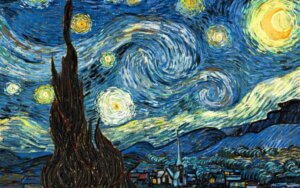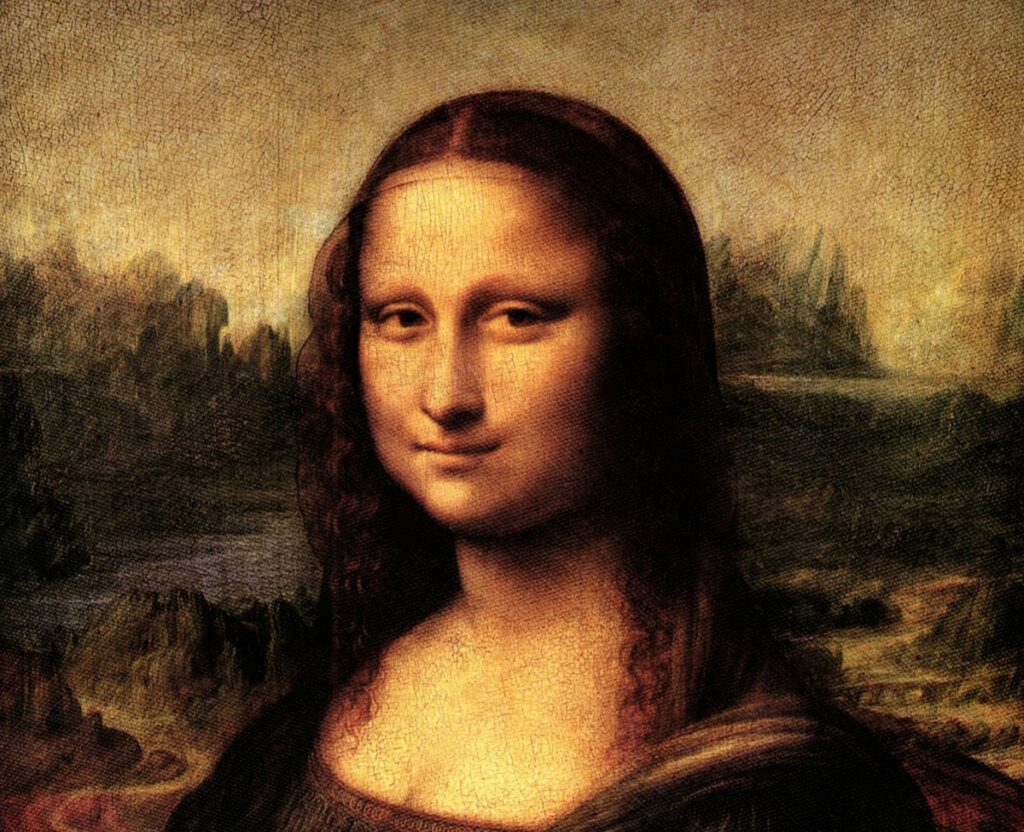Some Curious Facts About the World of Painting


Reviewed and approved by the psychologist Gema Sánchez Cuevas
The world of painting is full of curiosities, anecdotes, and magic. For example, who hasn’t been overwhelmed when hearing about the great torments that painters like Vincent Van Gogh or Frida Kahlo suffered? And who hasn’t been moved by Picasso’s El Guernica or has ceased to be amazed by Magritte’s The Son of Man?
The history of the world of painting began more than 32,000 years ago. It’s one of the arts that’s remained in force throughout history and in practically all cultures. In fact, it’s bequeathed some wonderful creations to us that never cease to surprise.
The best-known painters in the world are considered to be Leonardo Da Vinci, Vincent Van Gogh, and Pablo Picasso. This isn’t an absolute fact, but they’re the artists that have been most talked about all over the world at various times. In turn, the most famous paintings are The Mona Lisa, The Last Supper, The Starry Night, and The Scream.
” Art is never finished, only abandoned.”
-Leonardo da Vinci-

Some curious facts about the world of oil painting
Nowadays, anyone who wants to immerse themselves in the world of oil painting has only to buy the tools in a store. However, this wasn’t always the case. Indeed, painters of the past didn’t have convenient tubes of paints. Most of them had to make their own oil paints at home and store them in pig bladders.
The oil paint tube was created by John Goffe Rand in 1841 and revolutionized the world of painting. It was considered an extraordinary invention and, indeed, it was. Nevertheless, there were also more problems that needed solving. For example, different colors weren’t easily obtainable as they are today.
For instance, they could only obtain Indian yellow from the urine of cows fed on mango leaves. Finding them was quite a feat. While Tyrian purple, a color much appreciated by the Romans, was obtained from the glands of certain sea snails. And mummy brown came from real Egyptian mummies. Their remains were ground to obtain the color.
The art business
Some paintings have tremendous economic value. Consequently, we’re talking about an extremely lucrative business for many. Indeed, many works have been sold or auctioned for astronomical prices. But are they really worth that much? In reality, paintings operate like a form of security, especially in times when money loses its purchasing power. Art is a profitable business.
The most expensive painting is believed to be Leonardo Da Vinci’s celebrated Mona Lisa. Its estimated price is equivalent to 15 percent of the Gross Domestic Product (GDP) of France. That’s about 190 billion dollars. However, its sale is prohibited. Nevertheless, this didn’t stop a thief from stealing it in 1911. Furthermore, five forgeries of the painting have been marketed and were thought, at various times, to be genuine.
Among the 25 most valuable paintings of all time, five are by Vincent Van Gogh, four by Pablo Picasso, and three by Jackson Pollock. This is quite ironic, since Van Gogh only sold four paintings in his life, out of the more than 2,000 he produced. In fact, if it hadn’t been for the help of his brother Theo, he might never have sold even one.

Works with enigmas and hidden meanings
Many artists hid messages in their works. One of those who most enjoyed doing it was Leonardo da Vinci. In his most famous work, The Mona Lisa, there are at least two details that only the most observant grasp. Firstly, the initials of the genius are painted on the model’s right eye. Secondly, the number 72 is stamped on the bridge behind the figure. It’s not known why.
Another interesting detail appears in the work The Creation of Adam, by Michelangelo. In it, God is seen approaching the first human in the heavens. It’s thought that God’s billowing shroud is a human brain. Was this a fluke, a symbol that the intellect is a gift from God, or a declaration of atheism?
Hungarian artist, Tivadar Kosztka Csontváry produced a fascinating and enigmatic work called The Old Fisherman. Its hidden meaning wasn’t discovered until after the artist’s death. The work depicts an old sailor, marked by the passage of time. However, when each side of the painting is mirrored, it either depicts a kindly man in prayer or a sinister depiction of the devil. It’s believed that the painter wanted to represent the duality of the human soul. Another wonderful gift from the world of painting.
All cited sources were thoroughly reviewed by our team to ensure their quality, reliability, currency, and validity. The bibliography of this article was considered reliable and of academic or scientific accuracy.
- Cortez Chacchi, A. C. (2018). La pintura al óleo, la técnica y su evolución histórica.
- Gonçalves, M. L. C. R., & de Amorim, A. C. R. (2012). Gabinete de curiosidades: o paradoxo das maravilhas. Educação: Teoria e Prática, 22(40), 223-238.
This text is provided for informational purposes only and does not replace consultation with a professional. If in doubt, consult your specialist.








